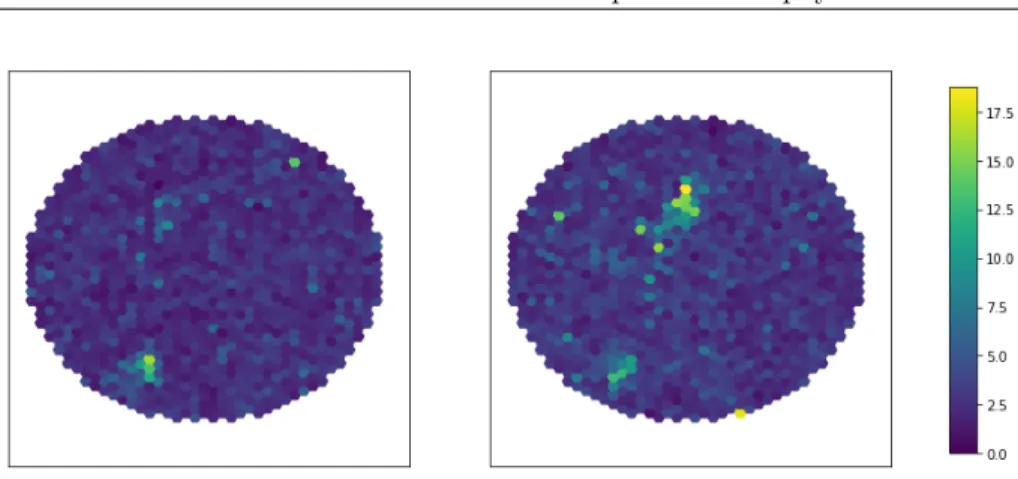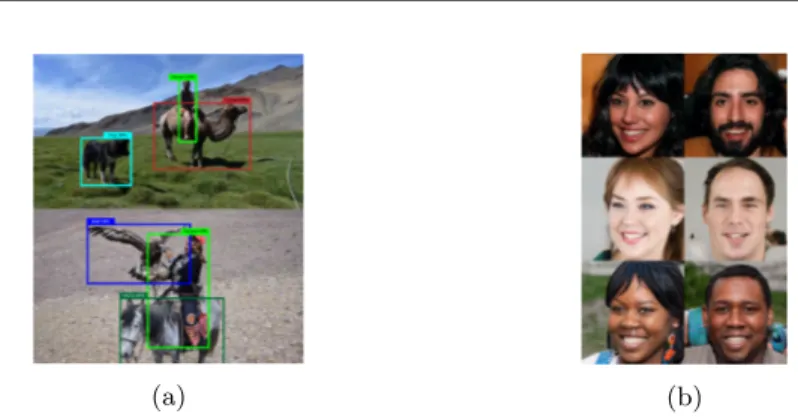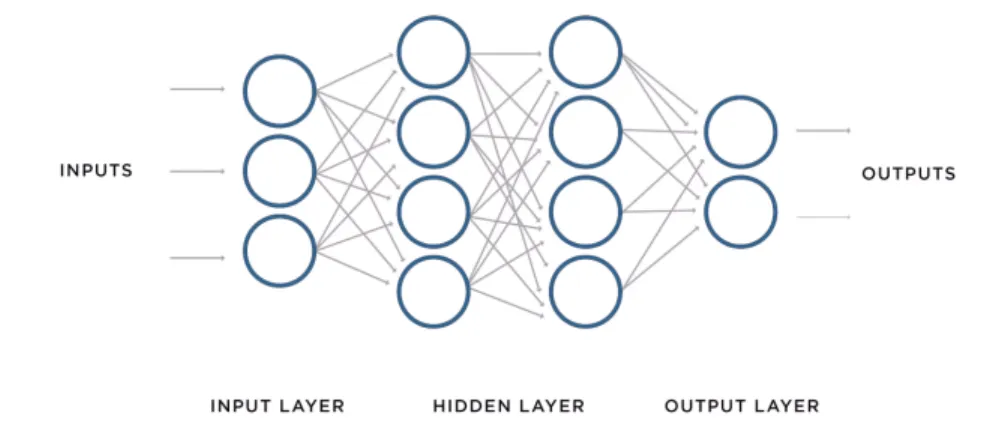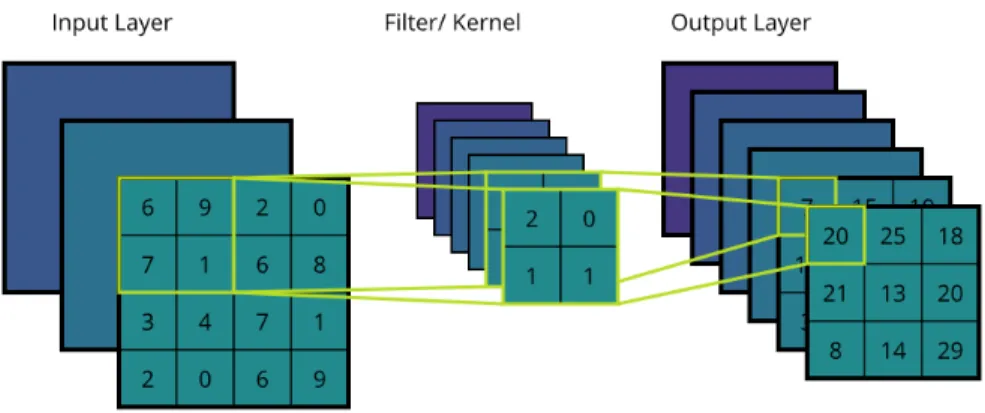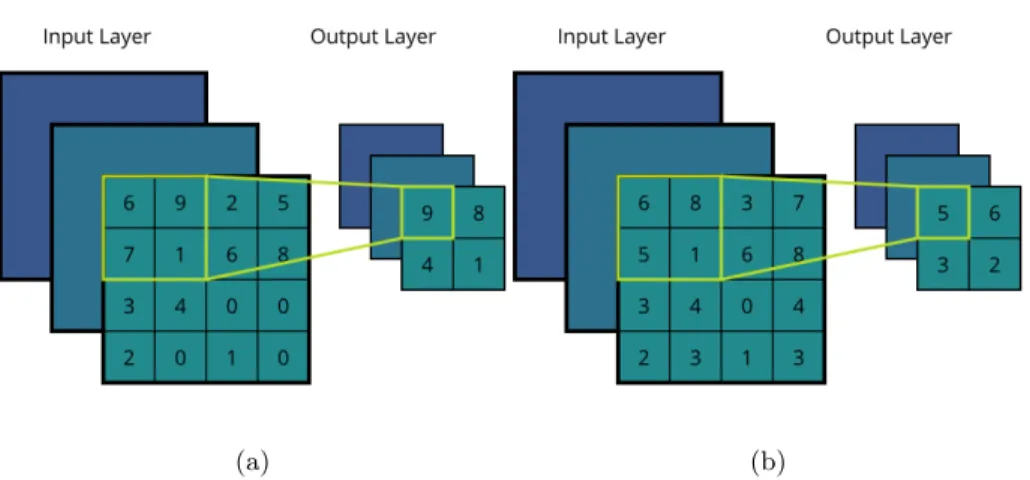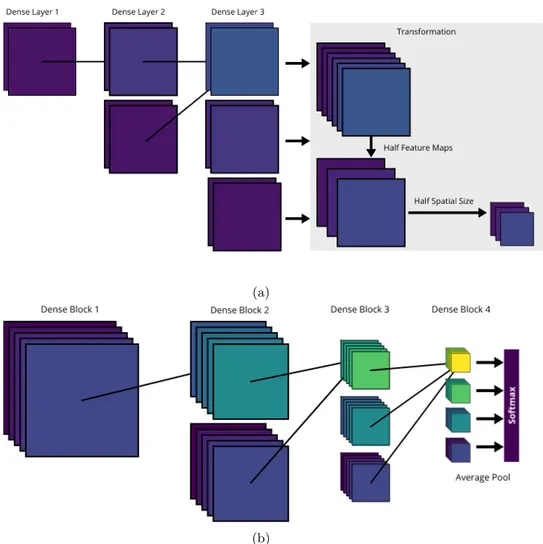Algorithms on Pixelized Images of Air Cherenkov Telescopes
Volltext
Abbildung
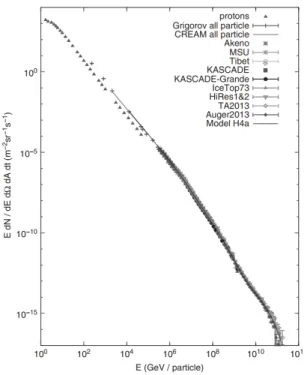
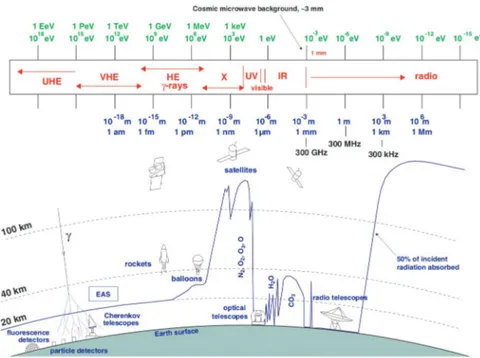
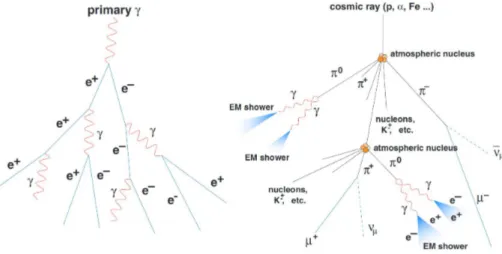
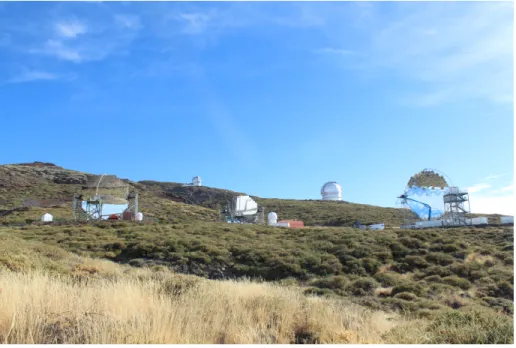
ÄHNLICHE DOKUMENTE
Общие конструкции применяются к задаче моделирования процесса загрязнения грунтовых вод, для которой исследуется проблема
where 7 > 0 is some number which depends on the known parameters of the problem, but not on number k.. The theorem is prooved.. When dealing with concrete problems
It becomes clear that for a sufficiently wide class of inverse problems, a control law for the model can be chosen in such a way that a control realization approximates
Transfer these + hits in 4 th layer to GPU Positive tracks Negative tracks Select combinations of 2 positive, 1 negative track from one vertex, based on
From Switching board: get 50 ns time slices of data containing full detector information..
From Switching board: get 50 ns time slices of data containing full detector information. 2844
If all cuts passed: Count triplets and save hits in global memory using atomic function. Copy back global
It proceeds by (i) comparing the performance of all considered tempo- ral regularization types in a phantom compliant with the optical flow model and without noise, (ii) considering
